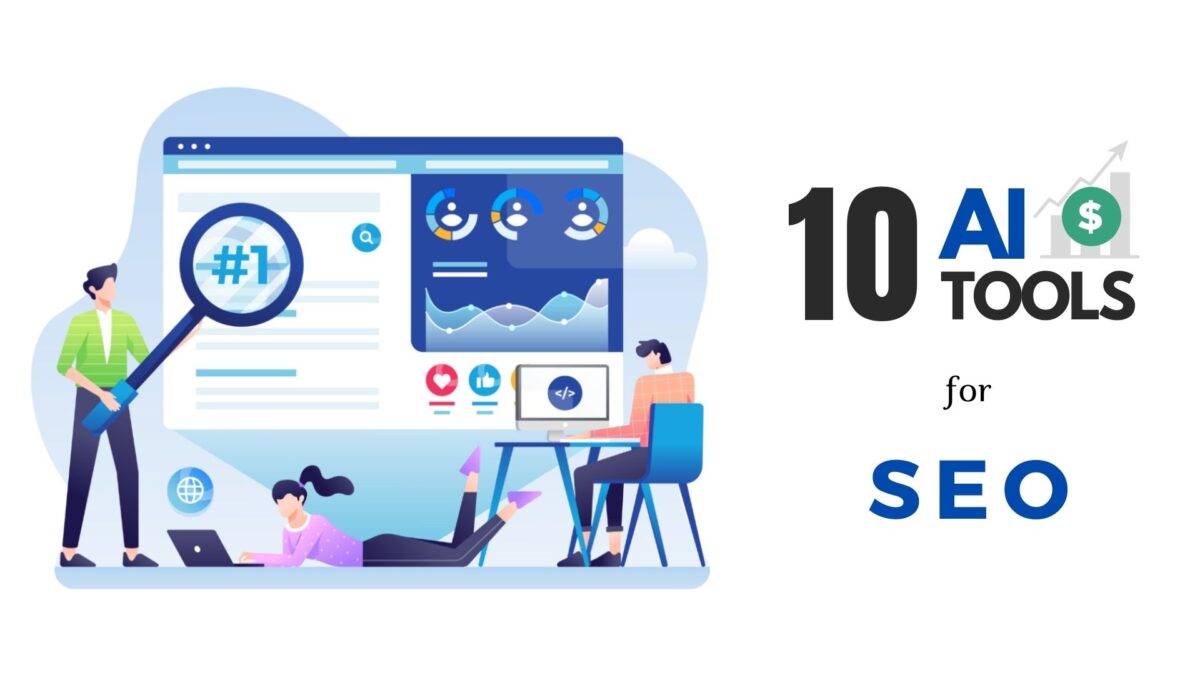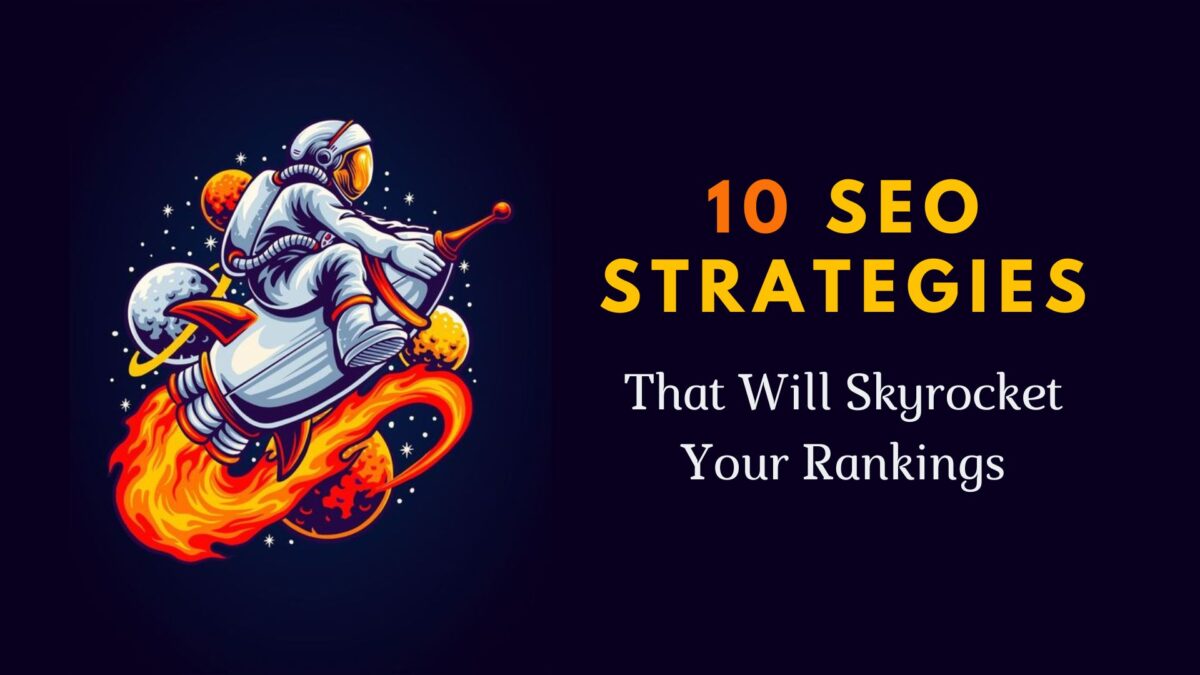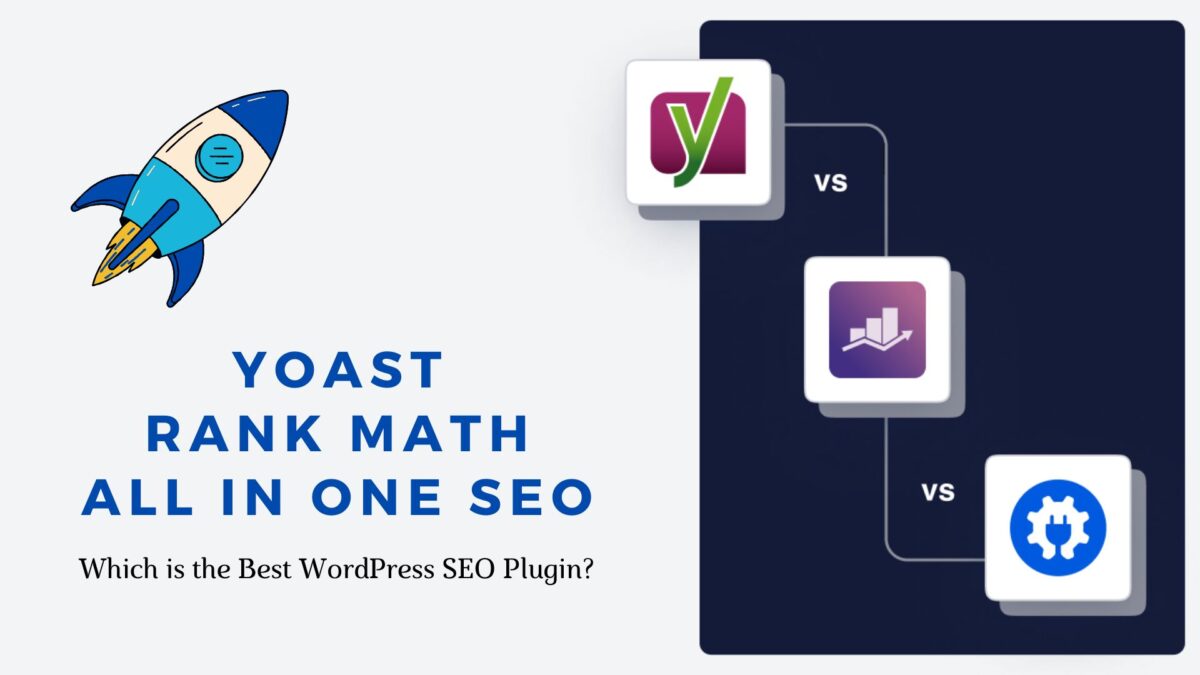You’ve got a beautiful blog, filled with heart and hard work, but you’re struggling to get the visitor numbers you’re dreaming of. Believe me, I’ve been there. I remember the time when I used to hit refresh on my stats page just to see if that one new visitor has landed on my blog. But guess what? Things changed, and I’m thrilled to tell you that it’s entirely possible to turn things around.
Just 2 years ago, I was in the same boat, but today, I’m proud to say that I get over 25,000 unique visitors from Google every month. Sounds unreal? I promise you, it’s not only possible but achievable with the right knowledge and effort.
And that’s precisely why I’m writing this piece – to share my journey, experiences, and most importantly, the strategies I used to increase my blog’s visibility on Google. By the end of this article, you’ll have a clear understanding of the magic behind SEO (Search Engine Optimization) and a comprehensive guide on how to make it work for your blog.
The beauty of this process is that it doesn’t need you to be a tech whizz or an SEO guru. Whether you’ve just set up your blog, or you’ve been posting for a while with little success in increasing traffic, this guide is meant for you.
So, are you ready to dive into the world of SEO and invite a massive audience to your blog? Let’s get started on this exciting journey together!
Sections
1. The Importance of SEO in Blogging
When I first started blogging, I believed that as long as my content was great, readers would magically find their way to me. How naive, right? While creating valuable and engaging content is indeed fundamental, it’s not the only ingredient in the recipe for a successful blog. This is where SEO, or Search Engine Optimization, comes into play.
So, what is SEO? In simple terms, it’s a collection of strategies and techniques designed to increase your website’s visibility on search engines like Google. The better your SEO, the higher your blog ranks in search results, and the more likely people are to find and visit your blog.

You might be wondering, “Why should I put so much effort into optimizing for Google?” Well, the numbers speak for themselves. Did you know that Google handles over 8.5 billion searches per day? That’s a lot of people looking for answers, and some of those answers could be on your blog!
Moreover, traffic that comes from search engines is organic, which means it’s free and tends to be more targeted. When people search for something specific that matches your content, they’re more likely to stick around, read what you’ve got to say, and even become regular visitors or subscribers.
I can’t stress enough how SEO transformed my blog. From just a handful of visitors a day, I started to attract hundreds, then thousands. The day I crossed the 25,000 visitors mark, I knew all the hard work I’d put into understanding and implementing SEO strategies was worth it.
So, my fellow bloggers, while SEO may seem daunting at first, trust me, it’s not as complex as it seems. Plus, the benefits it brings to your blog are monumental. Ready to unravel the magic of SEO?
2. Understanding Google’s Algorithm
You’re probably wondering, “How does Google decide what to show first in search results?” Well, the answer lies in the mysterious world of Google’s search algorithm. Imagine the algorithm as a super-efficient librarian who knows every single book in the library (in this case, the internet) and can instantly suggest the most relevant and high-quality ones based on your query. Pretty cool, huh?
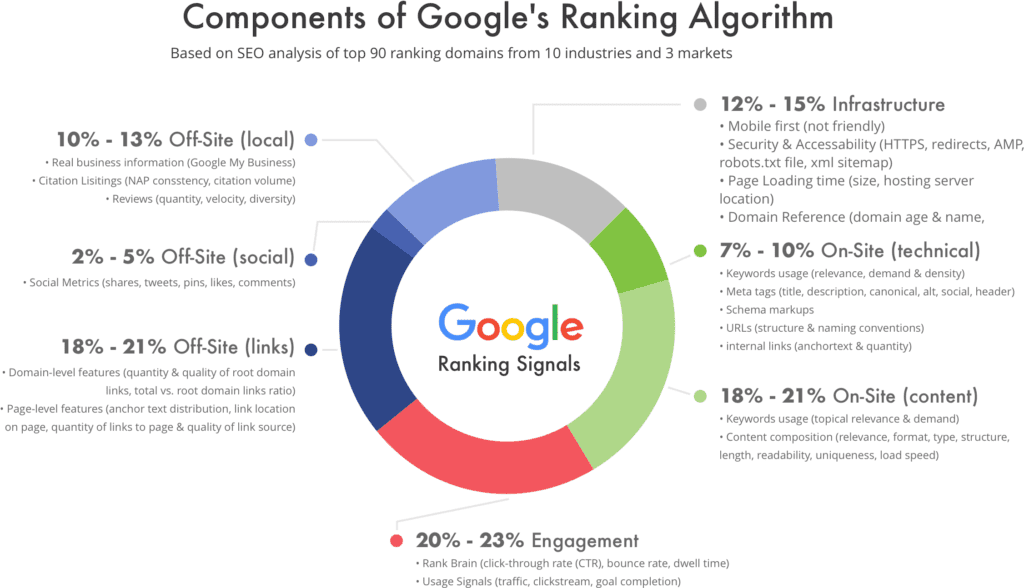
At the heart of this algorithm are three core principles: relevance, authority, and usability. Let’s break these down:
a. Your Blog’s Relevance:
Google aims to provide the most relevant search results for a user’s query. This means the content of your blog posts should be closely aligned with the keywords and phrases your target audience is typing into Google.
b. Your Blog’s Authority:
This refers to how trustworthy and reliable Google perceives your site to be. If other respected websites link to your blog posts, Google takes this as a signal that your content is credible and valuable, which can boost your ranking.
c. Your Blog’s Usability:
This is all about user experience. Google favors sites that are user-friendly – meaning they load quickly, look good on mobile devices, are easy to navigate, and have clear and helpful content.
Getting a handle on these principles can help you frame your approach to SEO. However, it’s essential to remember that Google’s algorithm is a dynamic beast. It continually evolves and adapts, which is why SEO isn’t a one-time task but an ongoing commitment.
You might feel like you’re trying to hit a moving target, but don’t worry! Google is pretty open about these updates and provides great resources to help us understand them. For instance, their SEO Starter Guide is an absolute gold mine of information.
Remember, our aim is not to outsmart Google’s algorithm but to work with it. By understanding what Google values, we can enhance our blogs in a way that aligns with these principles. And guess what? This alignment not only makes Google happy but also provides a better experience for our readers. Win-win!
Now, let’s get down to the nuts and bolts of SEO: Keyword Research.
3. SEO Keyword Research for Your Blog
Remember how we talked about Google’s algorithm seeking relevance? Well, the key to relevance is using the right keywords – the terms and phrases that people type into Google when they’re looking for information. As bloggers, our job is to figure out what these keywords are, and that’s where keyword research comes in.
Keyword research isn’t just about finding the most searched terms; it’s about understanding your audience’s needs and queries. Think of it as a bridge connecting your content with your readers. Get it right, and you’ll see your blog transform into a buzzing hub of engaged readers.
So, how do you do keyword research? Here’s a simplified step-by-step process:
- Brainstorm: Start by brainstorming topics related to your blog. For example, if your blog is about vegan recipes, your topics might include vegan desserts, protein-rich vegan foods, vegan meal prep, etc.
- Use Keyword Research Tools: Once you’ve got a list of topics, use keyword research tools like Google Keyword Planner or SEMrush to find out what terms and phrases people are searching for around these topics.
- Analyze Keyword Metrics: Look at metrics like search volume (how many people are searching for this term) and keyword difficulty (how hard it will be to rank for this keyword given the competition). The goal is to find high-volume, low-competition keywords.
- Consider Search Intent: This means understanding why someone is searching for a particular term – are they looking to buy something, find information, or are they looking for a particular website?
- Choose Your Keywords: Based on this research, choose your target keywords. You should have a mix of ‘head’ keywords (broader, more competitive terms) and ‘long-tail’ keywords (more specific, less competitive terms).
Remember, your keywords should guide your content creation. They should naturally fit into your content and provide value to your readers.
A little personal tip from my experience: It’s essential to remain authentic in your writing. While keywords are important, we shouldn’t let them dictate our content to the point that it feels robotic or unnatural. Remember, you’re writing for humans first, and search engines second!
Next, let’s dive into how you can optimize your blog with these keywords through On-Page SEO techniques.
4. On-Page SEO Techniques for Your Blog
By now, you’ve got your set of keywords, and you’re ready to let them shine on your blog. But where should they go? How can you make sure Google notices them? This is where On-Page SEO techniques come in.
On-Page SEO is all about optimizing the content and elements within your blog to make it more attractive to search engines. It’s like decorating a storefront to catch the eye of passersby. So, let’s dive into some effective on-page SEO techniques:
- Optimized Title Tags: Your title tag is the headline of your blog post that appears in search results. It’s the first thing people and Google see, so make sure it’s enticing and includes your main keyword.
- Meta Descriptions: This is the small snippet of text that appears under your title tag in search results. It’s your chance to sell your content to potential readers, so make it persuasive and include your main keyword.
- Header Tags (H1, H2, H3, etc.): These are the headings and subheadings in your blog post. They help structure your content for readers and search engines, so include your keywords where relevant but keep it natural.
- URL Structure: Your blog post’s URL should be straightforward, readable, and keyword-rich. For example, instead of ‘yourblog.com/p=123’, it could be ‘yourblog.com/best-vegan-desserts’.
- Keyword Density: This is about how often your keyword appears in your content. Aim for a natural, readable use of keywords without overdoing it – otherwise, you could be penalized for ‘keyword stuffing’.
But remember, while keywords and on-page SEO are crucial, they’re not everything. Content is still king! No matter how well-optimized your blog post is, if your content isn’t engaging, valuable, and reader-friendly, it’s unlikely to rank high or attract a large audience.
When I first started optimizing my blog posts, I spent hours crafting the perfect meta description, structuring my headers, and ensuring my keyword density was just right. But the game-changer for me was realizing that all these optimizations had to serve my content, not the other way around.
Now that we’ve covered on-page SEO let’s step into the equally important world of Off-Page SEO techniques.
5. Off-Page SEO Techniques for Your Blog
While on-page SEO is all about optimizing your blog’s internal elements, off-page SEO focuses on increasing the authority of your domain through content creation, social media, and backlinks. It’s a bit like your reputation – what others say about you when you’re not in the room.
Off-page SEO can seem a little more challenging because it involves factors outside your direct control. But trust me, it’s far from impossible, and the payoff is enormous! So, let’s explore some effective off-page SEO techniques:
- Backlinks: A backlink is when another website links to your blog. It’s like a vote of confidence in your content. But not all votes are equal – a link from a highly respected site (like a major news outlet) is worth much more than one from a lesser-known blog. To build backlinks, you can reach out to other bloggers for guest posting opportunities, create compelling infographics that others want to share, or produce high-quality, shareable content.
- Social Media Promotion: While social media links don’t directly impact your SEO, increased visibility can lead to more people linking to your content. Plus, social media is a great way to engage with your audience!
- Guest Posting: This involves writing a post for another blog in your niche. It’s a fantastic way to reach a larger audience and earn high-quality backlinks.
- Influencer Outreach: If you’ve written a post that might interest an influencer in your niche, don’t be afraid to reach out to them. They could potentially share your content with their large audience, leading to increased visibility and backlinks.
When I began my blogging journey, the power of off-page SEO wasn’t immediately apparent to me. I thought, “Why should I invest time in something I can’t directly control?” But over time, I realized that the world of blogging is all about community and connections. The more you engage with that community, the more your blog benefits.
Up next, we’ll delve into the often overlooked, yet incredibly important, aspect of SEO: User Experience and Technical SEO. Stick with me; we’re nearing the finish line!
6. User Experience (UX) and Technical SEO
You’ve done your keyword research, optimized your on-page elements, and started building backlinks. Great job! But here’s a question for you – have you thought about your users’ experience when they land on your blog?
User Experience (UX) and Technical SEO are like the backstage crew of a theater production. They might not be in the spotlight, but without them, the show won’t go on. So let’s pull back the curtain and explore these key areas:
- Website Speed: In the age of instant gratification, nobody likes a slow-loading website. Google knows this and prefers sites that load quickly. There are many free tools like Google’s PageSpeed Insights to check your site’s speed and get suggestions for improvement.
- Mobile Responsiveness: More people are browsing the web on their phones than ever before. If your blog doesn’t look good or work well on mobile devices, you could be losing a large chunk of your potential audience. Plus, Google uses mobile-first indexing, meaning it looks at the mobile version of your site for ranking.
- Navigation and Site Structure: Imagine walking into a library where the books are scattered randomly. Frustrating, right? The same goes for your blog – if visitors can’t find what they’re looking for easily, they won’t stick around. A clean, intuitive site structure is good for both users and search engines.
- Security: Having a secure site (https://) is crucial. It shows your visitors (and Google) that your site is trustworthy and their data is safe.
- Broken Links and Errors: Broken links lead to error pages, which are frustrating for users and a red flag for search engines. Regularly check your site for broken links and fix them or set up redirects.
I remember when I first came across the term “Technical SEO,” I felt intimidated. I thought it was something only web developers and tech geeks could handle. But, as I began exploring it, I realized that most aspects of Technical SEO and UX are based on common sense and can be managed with the help of some handy tools.

At the end of the day, good SEO is all about delivering a great experience to your readers while making it easy for search engines to understand your content. So, take the time to ensure your blog is user-friendly, fast, secure, and easy to navigate – your readers (and Google) will thank you!
Finally, let’s talk about a crucial factor in maintaining and growing your blog’s traffic: keeping up with SEO trends and updates.
7. Monitoring Your Blog’s SEO Performance
So, you’ve done all this fantastic work optimizing your blog for SEO – give yourself a pat on the back! But the journey doesn’t end here. SEO is not a set-it-and-forget-it kind of deal; it’s more like tending to a garden. You’ve planted the seeds and now need to keep an eye on their growth, make adjustments, and tackle any pesky weeds that pop up. In other words, you need to monitor your SEO performance.
This might sound daunting, but it’s not as complicated as it seems. And the best part? You don’t have to do it alone. There are fantastic tools available to help you keep track of how your blog is doing. Here are some key areas to monitor:
- Traffic: How many people are visiting your blog? Are they new or returning visitors? You can find this data using tools like Google Analytics.
- Rankings: How are your blog posts ranking on Google for your target keywords? Tools like SEMrush and Google’s Search Console can provide this information.
- Engagement: Are your readers engaging with your content? Are they leaving comments, sharing your posts, or subscribing to your newsletter? This is a good indicator of how valuable your audience finds your content.
- Backlinks: Keep an eye on who is linking to your content. A growing number of high-quality backlinks indicate your blog’s growing authority.
The first time I saw my blog post ranking on the first page of Google for my target keyword, I was over the moon! It was a clear sign that my efforts were paying off. But, I also learned that SEO is a marathon, not a sprint. Rankings can fluctuate, algorithms can change, and new competitors can emerge.
Monitoring your SEO performance isn’t about obsessing over every up and down. Instead, it’s about understanding the bigger picture of your blog’s growth, spotting opportunities for improvement, and celebrating the victories, no matter how small. It’s what helps you stay on course and keep improving, one blog post at a time.
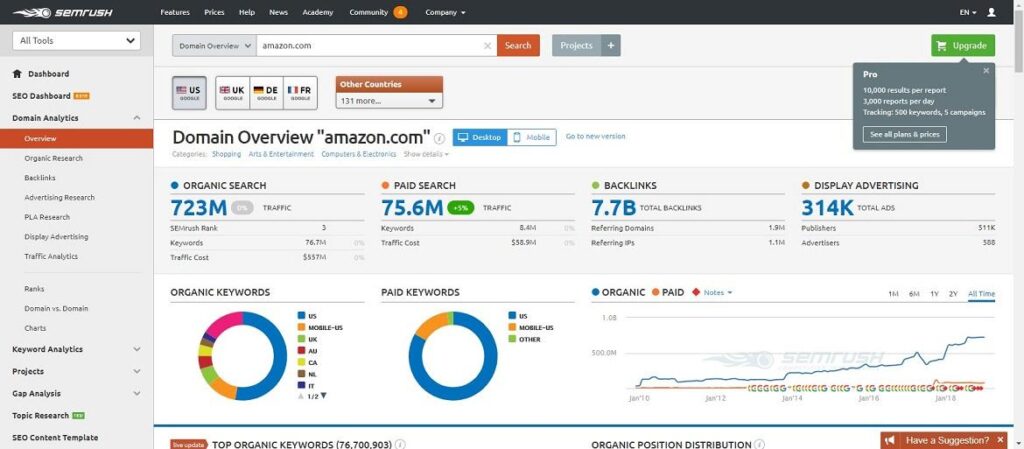
And remember, while getting 25,000 visitors from Google is a great goal to aim for, every increase in traffic, every new comment, share, or subscriber, is a sign that you’re on the right track.
8. Final Thoughts
From understanding the importance of SEO to exploring Google’s algorithm, keyword research, on-page and off-page SEO techniques, user experience, technical SEO, and monitoring your performance – we’ve covered a lot of ground. Remember, SEO is not a sprint but a marathon. It may take some time to see results, but every step you take brings you closer to your goal.
If you’ve made it this far, I want to congratulate you. You’re well on your way to creating a blog that’s optimized for Google and can potentially attract 25,000 visitors or more. It’s not an easy task, but as we’ve seen from the case study, it’s definitely achievable!
However, don’t get so lost in the SEO world that you forget what truly matters: your readers. They’re the reason why you’re blogging in the first place. Always strive to deliver valuable, engaging, and unique content to them. SEO can bring visitors to your blog, but it’s your content that will make them stay, engage, and come back for more.
Now, it’s time to put what you’ve learned into action. Your first step? Start researching your keywords and plan out some amazing blog posts. And don’t forget to monitor your SEO performance regularly, adapt to changes, and celebrate your successes – no matter how small they might seem.
Remember, the journey of a thousand miles begins with a single step. And you’ve already taken several steps by reading this article. So, keep going, stay consistent, and trust in the process. Your goal of reaching 25,000 visitors from Google is not only achievable, but it’s also just the beginning of what you can accomplish.
Here’s to your blogging success!

Ali is a digital marketing blogger and author who uses the power of words to inspire and impact others. He has written for leading publications like Business2Community, Inc. Magazine, and Marketing Profs. When not writing, he enjoys spending time with his family.

